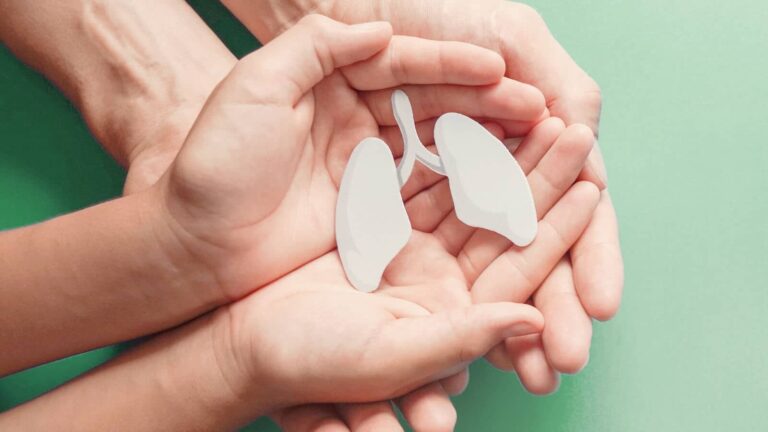
[ad_1]
The onset of winter also brings trouble for people suffering from chronic obstructive pulmonary disease (COPD). In winter, cold air and suspended pollutants result in irritation and dryness of airway passages which triggers and exacerbates the symptoms for COPD patients. Cold weather does not permanently aggravate the disease but can temporarily intensify the condition by constricting airflow to an already existing affected airway.
According to World Health Organization (WHO), over 3 million people die each year from COPD, an estimated 6 per cent of all deaths worldwide. During winter, harsh winds and frigid air can result in wheezing and breathlessness. Moreover, people with COPD are more prone to colds, flu, and other respiratory viruses, which can cause symptoms to worsen.

Tips to manage COPD symptoms that get worse with winter
World COPD Day 2022 takes place on November 16th, and this year’s theme ‘Your Lungs for Life’ emphasizes the importance of lifelong lung health. Everyone is born with only one set of lungs and keeping them healthy is an integral part of overall well-being. Hence, It is important to be extra cautious. Here are some tips to prepare and minimise the effects of winter on your COPD.
1. Say no to smoking
Avoid smoking and being around others who smoke. Smoking can increase irritability and narrows the airways. For that matter avoidance of any fumes, be it smoking, biomass gas or environmental air pollution is required. This further combined with cold air can severely worsen COPD.
2. Mask it up!
Wear a cold-air face mask when going out. One can find a cold-air mask at any chemist, and these are specifically made to create a barrier around your mouth and airways to avoid cold air. If you are unable to buy one, then it is advised to wear a warm scarf to cover your mouth and nose.
3. Take medicine before stepping out
Take a preventive dose of your medicine before going out. If you have to step out often during the winter season, Also, do not forget to carry your inhaler (prescribed by your doctor) wherever you go. You may also consider discussing flu shots with your physician.
4. Breathing through your nose can help
Breathe through your nose instead of your mouth when outside. Your lungs receive warm and humidified air with the help of moist surfaces in the nasal passage. Thus, it is important to breathe through your nose especially when you are a COPD patient.

5. Buy a humidifier
Consider buying a humidifier for your home. Humidifier adds moisture to the air to prevent dryness that can cause irritation in many parts of the body. Thus, if you can invest in a good humidifier, it will help manage COPD symptoms.
Medical intervention is important to manage COPD symptoms
Over the years, COPD treatment has evolved. However, getting medical intervention at the right time coupled with lifestyle changes is important to help the patient breathe better and lead a better life. Advancements in digital health and telemedicine have made treatment options easy and convenient, even for chronic diseases such as COPD. For patients on the far end of the spectrum, options such as non-invasive ventilation (NIV) therapy can help improve patient quality of life and reduce hospitalisations.
[ad_2]
Source link